When athletes beat the odds: These six stars are just getting better age

The following is an excerpt from TIME's new special edition, The Science of Exercise, available on Amazon and at retailers everywhere.
If you’ve ever opened a birthday card to a message that reads, “It’s all downhill from here,” you’re likely at an age when, according to popular opinion, your best days are behind you. For athletes, that comes even sooner—anywhere from age 20 to 29, depending on the sport. Still, there are outliers, elite athletes who thrive at a time when science says their physical prowess should be fading.
Their success doesn’t hinge solely on beating the physical decline that comes with age. All bodies naturally wear down with age—albeit at different rates, depending on many factors, from genetics to lifestyle. But because even the world’s top athletes can’t escape the bodily effects of Father Time, when their professional performance calls for speed, strength, power and agility, they must find ways to stay strong, maintain fitness and avoid injury.
Buy Now

TIME The Science of Exercise
The Editors Of Time
A look at why exercise is the best anti-ager, plus strategies for lasting weight loss, the best exercises for every goal and more.
That’s where the mind takes over. For many of those performing at an elite level—including the six pro athletes in the pages that follow—it’s mentality, cognitive abilities and pure willpower that propel them to excellence.
Venus Williams, tennis
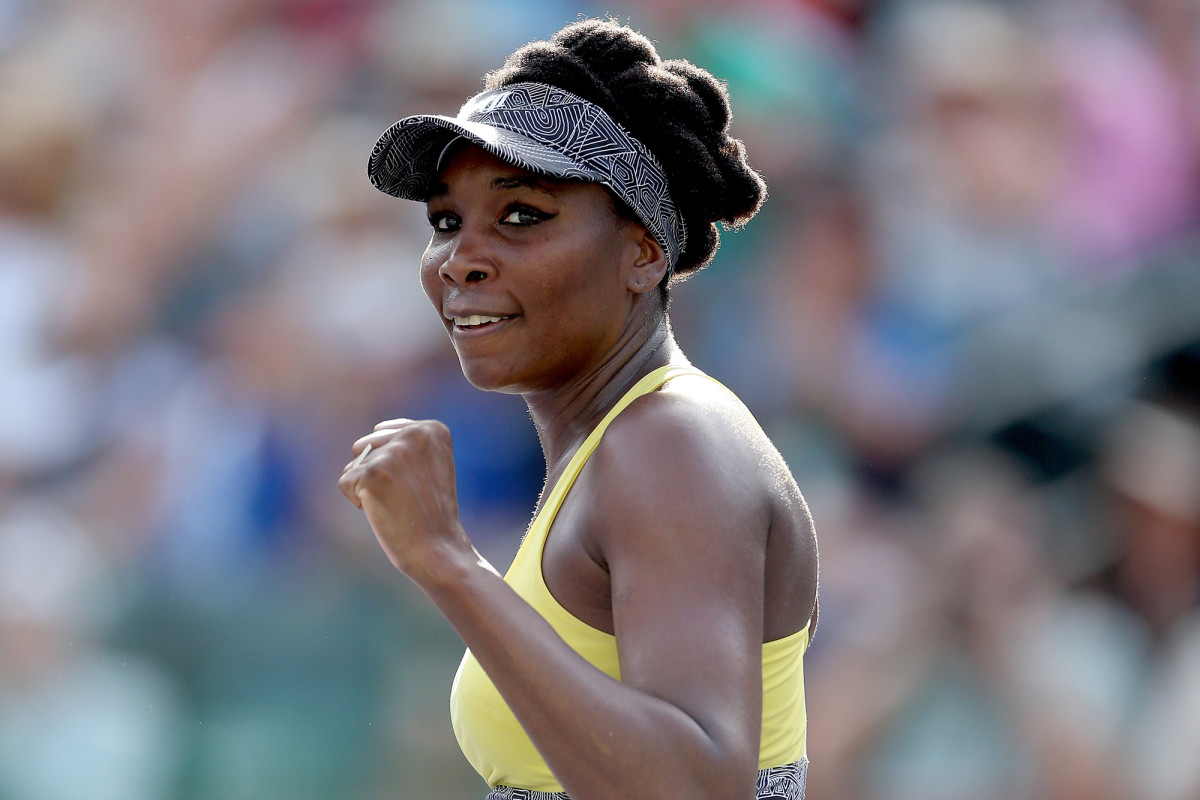
When Venus Williams, now 36, looks over the net at her opponent during most tournaments, she’s likely looking at a player who was born around the time she started her pro tennis career in 1994. That is, of course, unless the match is against her younger sister Serena, who is 35. That’s what occurred during the 2017 Australian Open final, where her runner-up finish showed that even after seven major titles—and a 2011 diagnosis of Sjögren’s syndrome, an autoimmune disease that requires daily maintenance and can sap strength over time—Williams still competes against (and defeats) the best players in the game. To help her overcome illness and injury over the course of her 23-year career, she eats a mostly plant-based diet. To fuel her body for intense on-court hitting, she also trains with a mix of agility workouts, tennis-specific gym exercises and yoga. And when she’s not practicing her forehands and backhands, Williams keeps her body—and mind—in motion with some free-spirited dancing.
Tom Brady, football
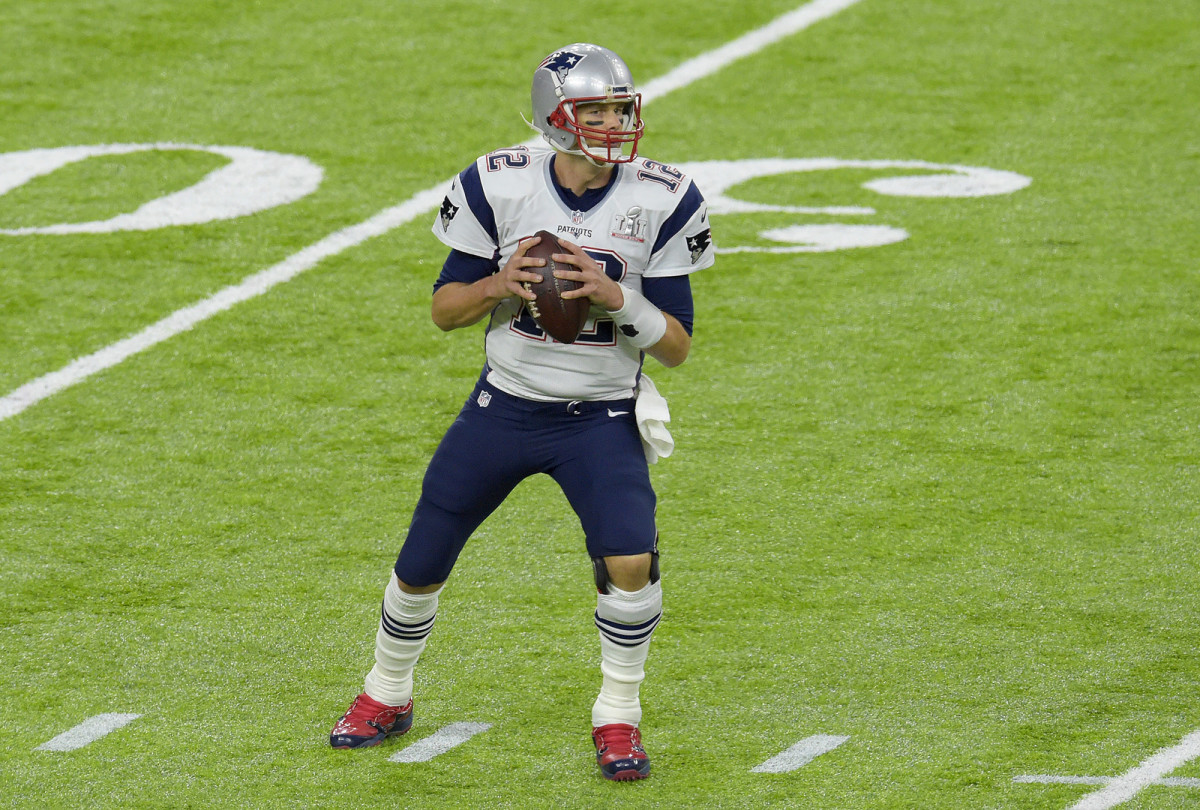
You’ll certainly see New England Patriots quarterback Tom Brady participating in standard quarterback drills, but the five-time Super Bowl champion is also known to go above and beyond the team’s standard workout regimen. With the help of Alex Guerrero, his “body coach,” Brady focuses on lifestyle factors such as sleep and rest for optimal recovery, as well as meditation for a clearer mind and better self-awareness. His well-documented diet—heavy on plants and low on inflammation-boosting foods—is another key to his success. Brady eats mostly vegan; steers clear of caffeine, dairy, mushrooms and sugar; and avoids nightshades, such as tomatoes and eggplants. His approach may be unorthodox, but it works: at 39, Brady is in the best shape of his life—and has no plans to retire anytime soon.
Jaromír Jágr, hockey
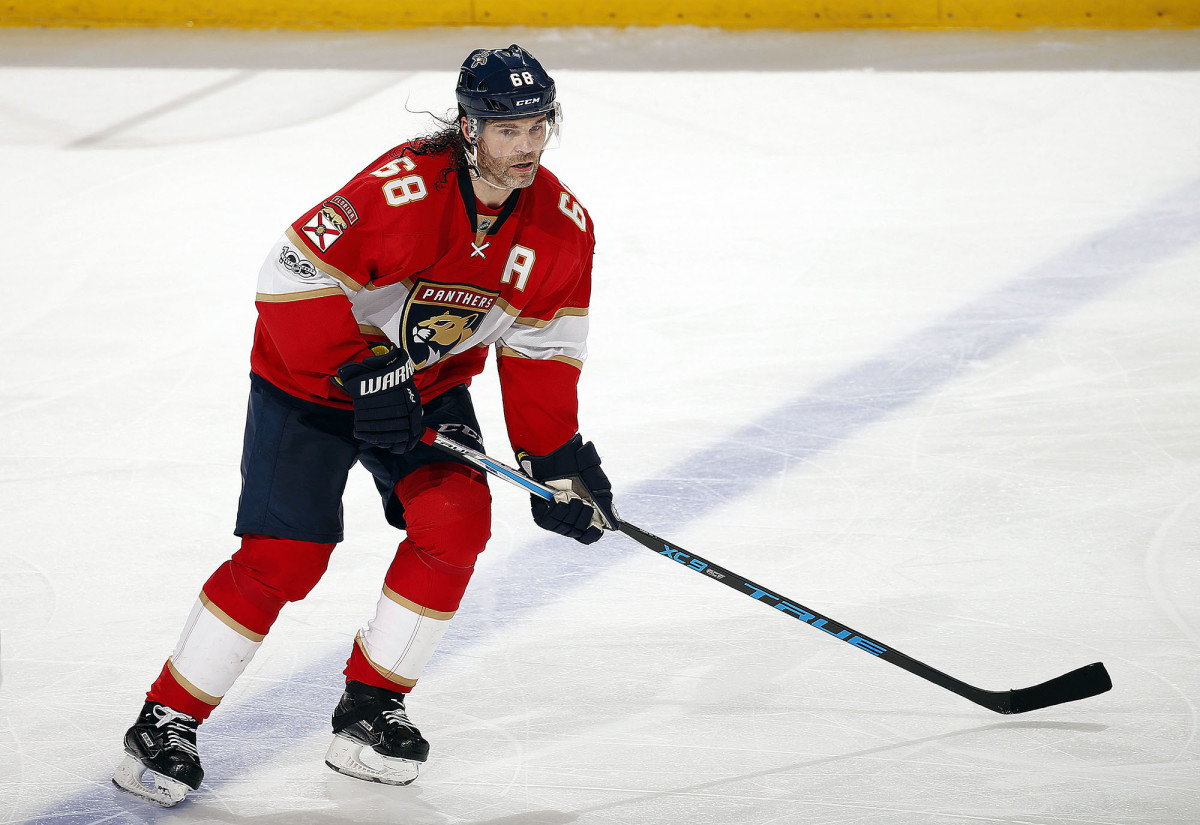
Since his NHL start as an 18-year-old in 1990, Florida Panthers right-winger Jaromír Jágr has thrived thanks to his physical strength and remarkable vision and scoring abilities. On his 45th birthday in February 2017, Jágr became only the second player in NHL history to reach 1,900 career points, and the traits that made his career in the early days are still in play. To keep in shape, the Czech athlete engages in a mixed bag of training methods, each of which serve a specific purpose on the ice. Resistance-band sprints help build speed and acceleration, for instance, while shooting six- or eight-pound medicine balls against the wall with his hockey stick translates directly to his punishing shot on goal. While he’s known for intense late-night workouts, Jágr’s exercise routine isn’t the only thing that keeps him solid and stable. “He finds ways to be stronger with his mind-set and spends a lot of time trying to find energy through activating chakras [energy points],” says Panthers strength and conditioning coach Tommy Powers. Powers also helps Jagr with other training techniques, such as Ki-Hara resistance stretching and mashing, a combination of Thai massage and other practices that increase blood flow and promote recovery.
Richard Jefferson, basketball
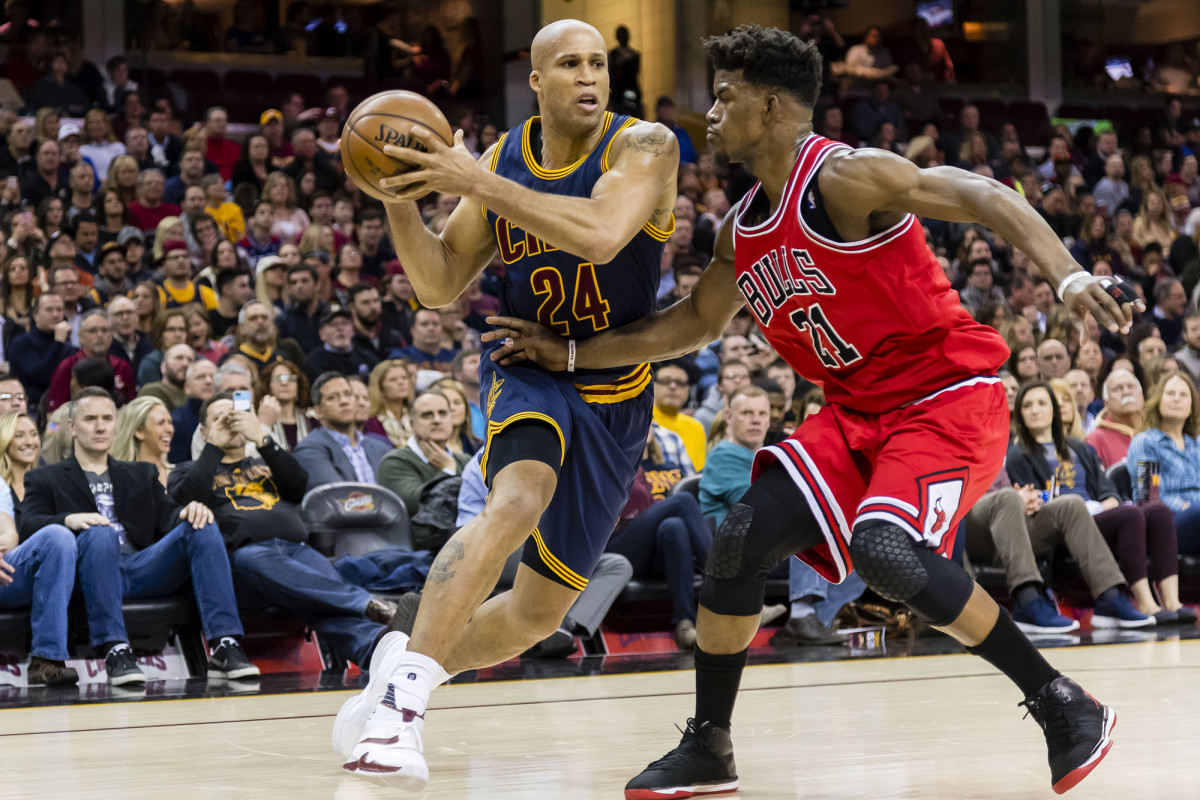
He may not be the marquee face of his team like a Stephen Curry or Russell Westbrook, but Cleveland Cavaliers forward Richard Jefferson is definitely in the midst of his best NBA years yet—at the age of 36. Though he saw some success in his rookie season followed by a seven-year stint with the Nets, it was just last year that he finally earned his first NBA championship ring after playing on five different teams in five years. What’s more, his career is already three times as long as the average NBA player’s, and although he’s not the Cavs’ star player—that would be LeBron James—Jefferson has been able to revamp his career and succeed against much younger opponents thanks to a Southern California–influenced lifestyle change. In addition to regular weightlifting and other off-season workouts, Jefferson started playing beach volleyball and doing yoga, two adjustments that experts believe have been just as important to his late-career surge as his jump-shot accuracy and dunking abilities.
Kerri Walsh Jennings, beach volleyball
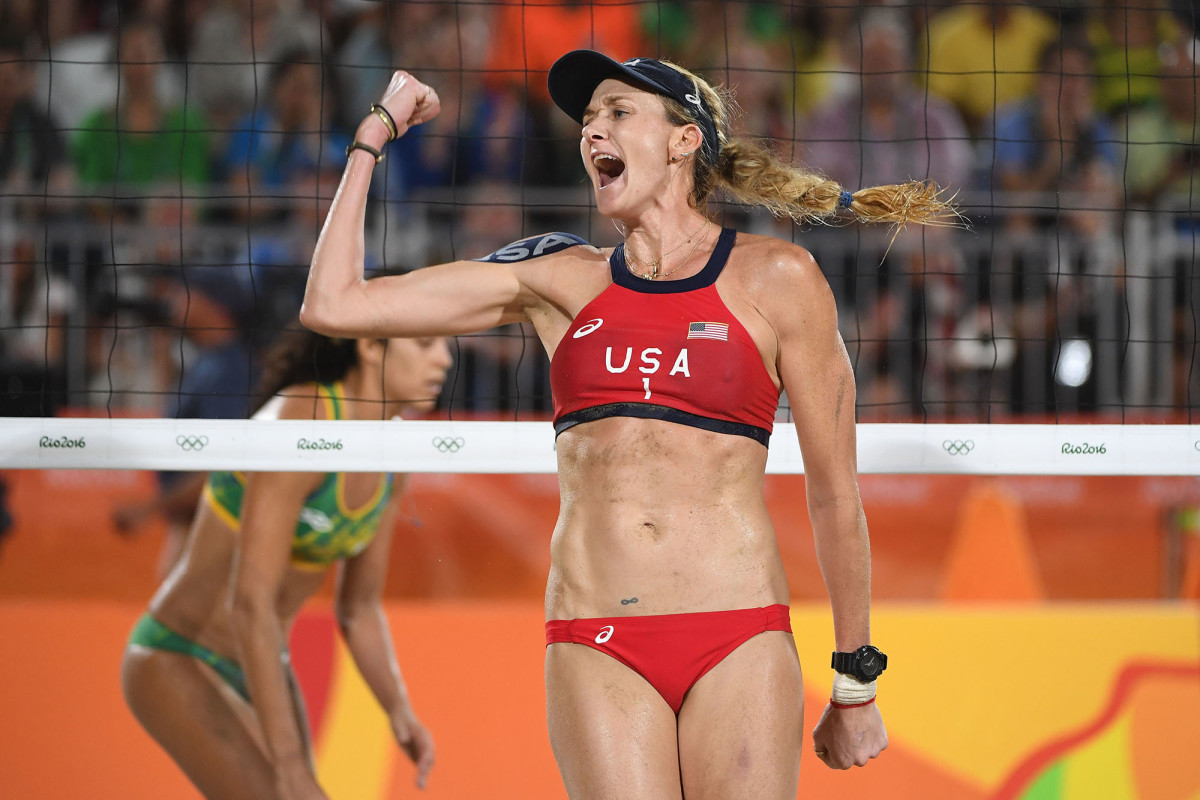
After two shoulder injuries, the three-time Olympic gold medalist Kerri Walsh Jennings wasn’t sure if she’d be able to compete in the 2016 Summer Games in Rio de Janeiro. Despite those major setbacks, however, she was able to rehab back to world-class form by adding new methods to her training and preparation, all at the age of 38. Pilates, meditation, soft-tissue massage and even brain training—using Versus, a headset that collects and assesses cognitive performance—were part of her routine leading up to a bronze-medal finish in Rio with her teammate April Ross. Walsh Jennings’s sessions with trainer Eric Weldon also focused on strength training and mobility (particularly in her hips and upper spine), and on-court circuits honed specific volleyball skills. Top sand players tend to be older than most pro athletes, and Walsh Jennings still has not shown signs of slowing down, even after an improbable five tours—and four medals—at the Olympic Games.
Roger Federer, tennis
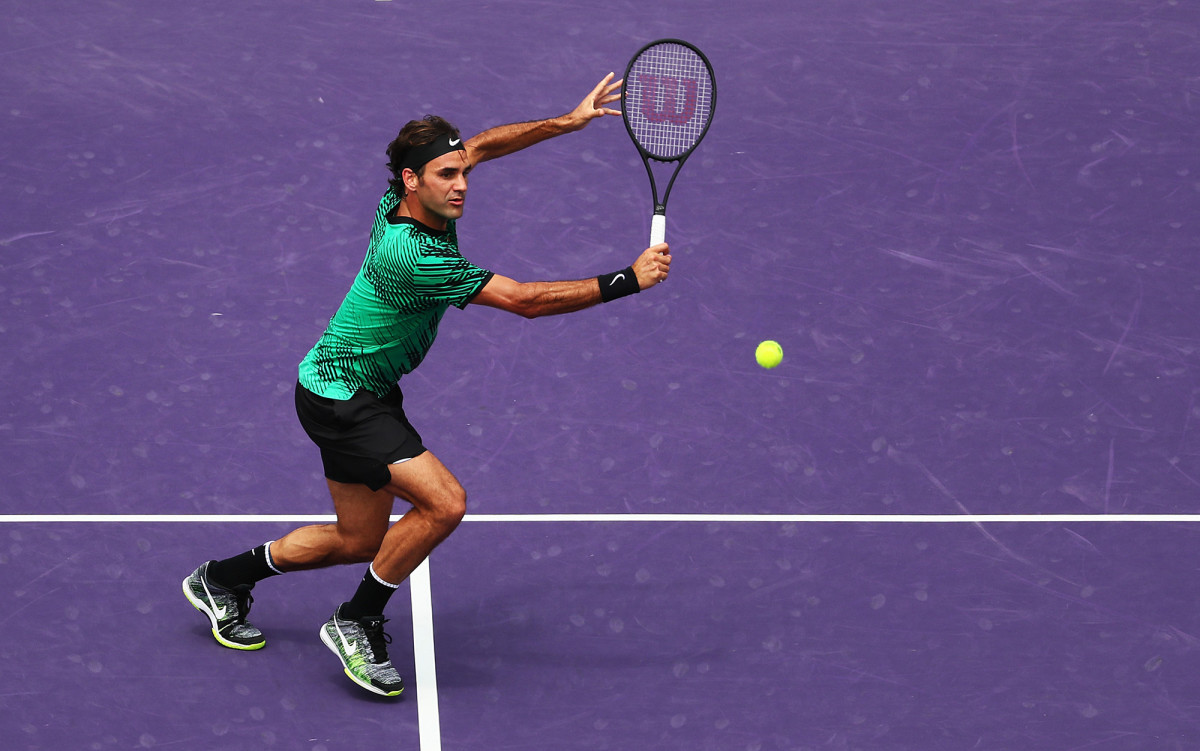
If you predicted that 35-year-old Roger Federer would win his 18th Grand Slam title—and his first in nearly five years—at the 2017 Australian Open, even the Swiss Maestro himself would’ve thought you were crazy. After a serious knee injury requiring a six-month layoff to recover, Federer pulled through to triumph despite it all. The surgery to repair his knee injury—the result of a freak accident while Federer was drawing a bath for his young daughters—was the first such procedure of his 19-year career, a testament to his superior fitness and durability. But while his work with longtime conditioning coach Pierre Paganini helped him regain his physical form, his strongest suit has always been his focused mindset and passion for tennis—mind over matter, as it were. Said Federer of his title in Melbourne, “Coming back, getting older, and people have written me off maybe, makes this one so unique.”
